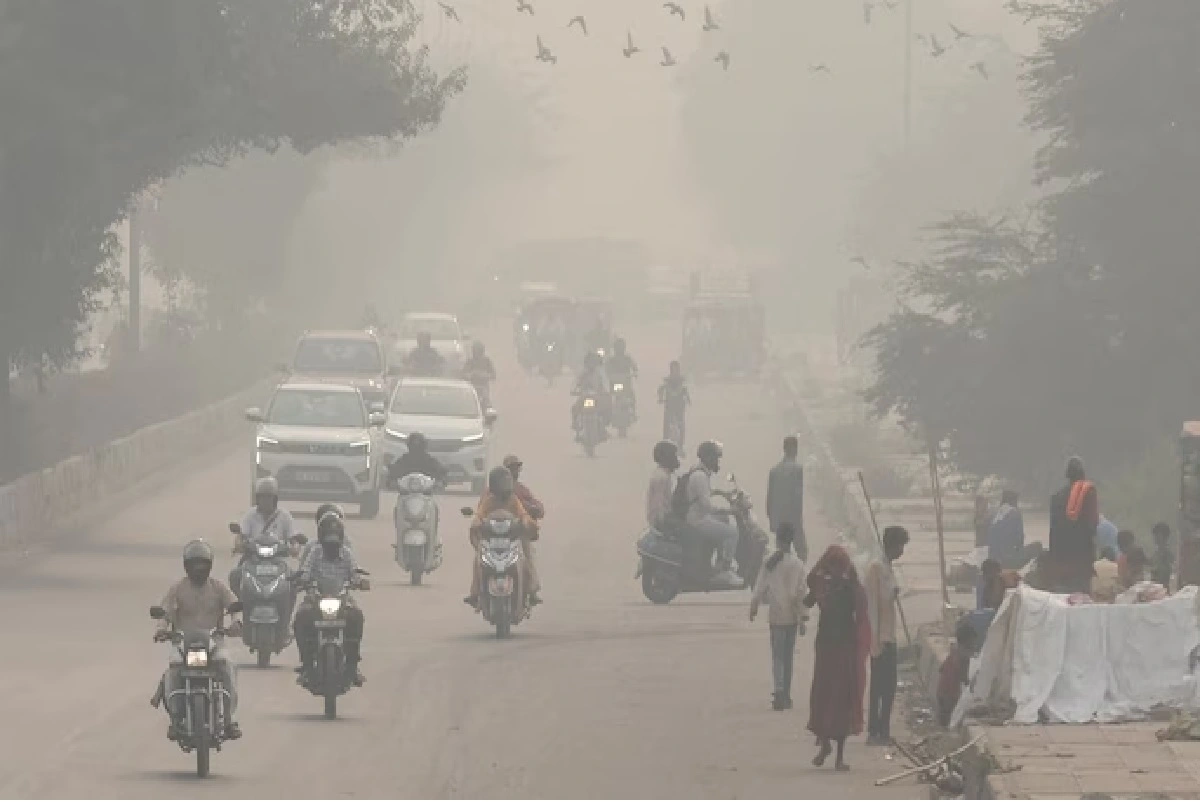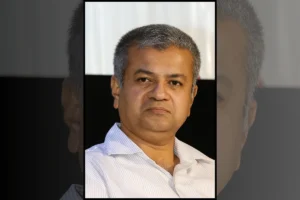
A day after Diwali, Delhi’s air quality returned to toxic levels, causing a massive 140% increase in the major pollutant that affects the lungs and poses a risk of serious health issues in just 24 hours.
At 7 am, the hourly average of PM2.5, the most harmful particle in the air, was 200.8. Based on data from the Central Pollution Control Board (CPCB), it was 83.5 at the same time yesterday.
According to CPCB data, most locations during this time saw PM2.5 and PM10 pollutant levels surpass 500, including Rohini, ITO, and the Delhi airport area.
The values of six airborne particulate and gaseous matter components are used to calculate the air quality index, or AQI. Dr Arvind Kumar, chairman of the Institute of Chest Surgery at Medanta Gurugram, says that of these, PM 2.5 is the primary factor because it enters the lungs through the nose and throat barrier, deposits itself there, and is then absorbed into the blood.
The lungs and the rest of the body are particularly vulnerable to harm from PM2.5 and smaller particles.
The air quality in Delhi saw its best Diwali day in eight years yesterday, but this morning the AQI crossed 500 in most locations due to widespread violations of the Supreme Court’s cracker ban in the NCR.
AQI readings above 900 were reported by a number of locations, including Jawaharlal Nehru Stadium and Lajpat Nagar, according to real-time monitoring websites.
An AQI of 0–50 is regarded as “good,” 51–100 as “satisfactory,” 101–200 as “moderate,” 201–300 as “poor,” 301–400 as “very poor,” 401–450 as “severe,” and 450 and above as “severe plus.”
The Supreme Court made it clear last week that its ban on barium-containing firecrackers applies to all states, not just the Delhi-NCR area.
There were also several fire-related incidents reported last night. According to DFS chief Atul Garg, the Delhi Fire Service received 208 fire-related calls yesterday, of which 22 had to do with crackers.
Since October 28, Delhi, one of the capital cities with the worst air quality in the world, has been covered in a thick layer of smog with extremely high pollution levels. Due to pollution, the government was forced to close schools and outlaw diesel trucks, but it refrained from enforcing the odd-even rule.
The rains last week caused a slight improvement in the AQI, which was 218 in Delhi at 4 PM yesterday, the best level in at least three weeks, ahead of the festival of lights.
To read more such news, download Bharat Express news apps


















